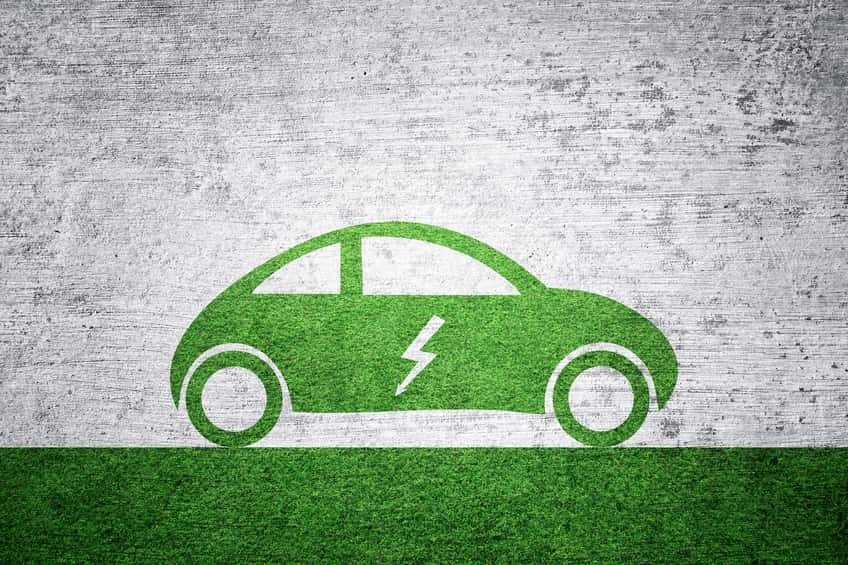Electric Vehicles and Cars |Introduction, Benefits and Drawbacks
Understanding how electric vehicles might provide more affordable transportation while also assisting in reducing greenhouse gas emissions is important, even though many people are skeptical about the widespread use of electric cars. The usage of nonrenewable energy sources like gasoline, diesel, and natural gas, which are finite and need to be preserved, is reduced due to the use of electric automobiles, which is another significant advantage.


What is an Electric Vehicle?
Electricity can be used to power an electric vehicle either totally or in part. Electric vehicles are easy to maintain and have fewer moving parts. They are also very eco-friendly because they don’t use fossil fuels like gasoline, diesel, or even petrol.
Instead of a combustion engine, electric cars use a power-driven battery pack to power the electric motor. As a result, the car’s preinstalled rechargeable batteries must be recharged frequently.
These batteries also power the lights, wipers, and vehicles. However, the fact that this vehicle produces no polluting exhaust is its greatest benefit.
It is more cost-effective and does not require liquid fuel components and maintenance in traditional gasoline-powered vehicles. As a result, a few manufacturers have produced hybrid models of vehicles that can run on gas and electricity.
People know little about and are unaware of this idea because it is new. However, demand for EVs is anticipated to increase in the upcoming months as more people start using electric vehicles and begin to profit from them.
Sorts of Electric Vehicles
Battery Electric Vehicle (BEV): A battery electric vehicle, or fully electric vehicle, runs entirely on electricity. It is a kind of vehicle (EV) with no additional propulsion source and only runs on chemical energy stored in rechargeable battery packs.
Hybrid Electric Vehicles (HEVs): HEVs have an internal ignition engine and an electric motor that uses battery power. However, HEV users charge their batteries by regenerative braking, unlike users of other electric vehicles.
Plug-in Hybrid Electric Vehicles (PHEVs): PHEVs expand on the hybrid car’s basic design. They have an internal ignition engine and an electric motor powered by batteries. This lowers your need for gas by up to 60% and enables the battery to store enough energy to power the electric motor.
Fuel Cell Electric Vehicle (FCEV): Many of the same parts found in BEVs, such as electric motors, power controllers, and inverters, are also found in FCEVs, although they use a different primary energy source. Fuel cells, which have several advantages over batteries, are used in FCEVs, whereas BEVs use battery energy.
Electrified Vehicle Elements
An electric motor and battery pack are features of electric cars. However, electric cars main benefit is that they don’t emit toxins, which is good for the environment.
A sustainable energy source propels the car because they do not use any fossil fuels. The main parts of electric vehicles are as follows:
Charge Port: The charging port connects the electric vehicle to an external power source. It starts the battery pack up. Sometimes the charging port is placed in the front or back of the car.
DC-DC Converter: A constant voltage is provided by the traction battery pack. The requirements for varied vehicle movements, however, are complex. Therefore, the DC-DC converter raises the battery’s output power to the required level.
Traction Battery Pack: A traction battery pack is often referred to as an electric vehicle battery (EVB). It fuels the motors of an electric car with electricity. In addition, the battery provides a power storage system. Direct current is used to store energy (DC).
Auxiliary Batteries: Electric automobile accessories are powered by auxiliary batteries. The auxiliary batteries will keep the car charged if the primary battery fails.
Transmission: Through a gearbox, it transmits mechanical power from the electric motor to the wheels. The advantage of electric vehicles is that multi-speed gearboxes are not necessary. However, transmission efficiency should be high to reduce power loss.
Thermal system (cooling): The thermal management system maintains the electric motor and controller, two vital parts of an electric vehicle, at a consistent working temperature. To deliver the best performance, it also functions while charging. It makes use of forced air, thermoelectric, and liquid cooling.
Electric Vehicle Perks
Eco-friendly: Electric vehicles don’t burn fuel. Hence there aren’t any pollutants or gas exhausts. In addition, driving an electric car can help contribute to a cleaner environment because fossil fuel-powered vehicles considerably contribute to the buildup of dangerous gasses in the atmosphere.
Renewable energy source: While conventional cars rely on the combustion of fossil fuels, which depletes the world’s supply of such fuels, electric cars are powered by renewable energy.
Less noise and smoother motion: An electric vehicle is much smoother to drive. They are fairly quiet and make less noise because they don’t contain any fast-moving components.
Low maintenance: Compared to conventional auto parts, wear and tear on electric car parts is lower since they have fewer moving parts. Compared to combustion engines, repairs are also less complicated and expensive.
Cost-effective: Unlike gasoline and diesel, which frequently see price spikes, electricity is significantly less expensive. Battery recharge is affordable when solar electricity is used at home.
Government support: As part of a green initiative, governments worldwide have provided tax benefits to lure people into using electric vehicles.
Also read https://himachal.blog/ratan-tata-a-ideal-of-humanism-and-morality/
Limitations of Electric Vehicles
- Charging station limitations: Long-distance travelers worry about accessing adequate charging stations, which are only sometimes available during their trip.
- High initial cost: The cost of electric vehicles is still high, and many consumers think they are less affordable than conventional cars.
- Limited options: There are a few electric car models available right now that you may choose from in terms of design, style, or personalised modifications.
- Less driving range: The driving range of electric vehicles is less than that of conventional cars. While long-distance travel can be problematic for electric automobiles, short-distance travel can be convenient.
Wrapping Up
The future is clear: EVs will surpass gas-powered cars in the long run, even though producers of electric vehicles must remove the obstacles that are currently keeping consumers from buying. For example, GM and Nissan indicated they would switch to all-electric vehicles by the 2030s. Undoubtedly, other automakers will do the same.














